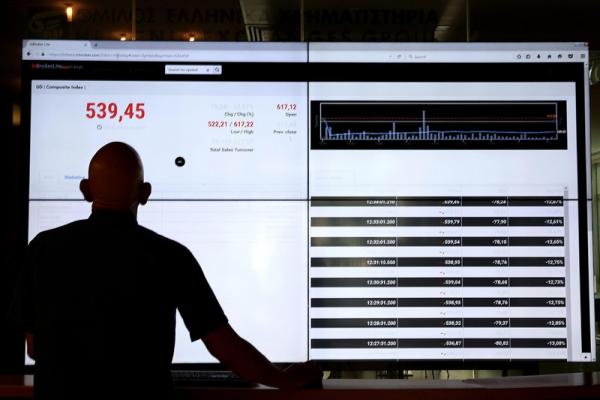In a rapidly transforming financial landscape, sustainability and innovation are converging in powerful new ways. Environmental, Social, and Governance (ESG) investors are increasingly turning to blockchain-powered Real-World Asset (RWA) tokenization to unlock new dimensions of transparency, auditability, and liquidity—three qualities essential for the next generation of green investments.
Why ESG and RWA Tokenization Are a Perfect Match
For years, ESG investing has been hampered by several challenges: opaque reporting structures, limited traceability of fund usage, illiquid assets, and inconsistent frameworks for tracking environmental impact. Traditional finance often struggles to offer efficient channels for funding sustainable projects, especially those in developing markets or complex infrastructure sectors.
Enter RWA tokenization—the blockchain-enabled practice of converting physical or off-chain assets like carbon credits, solar farms, or green bonds into on-chain digital tokens. This technology doesn’t just represent assets on the blockchain—it transforms how they are owned, tracked, and traded. For ESG-minded institutions, this offers a unique opportunity to ensure their capital is aligned with impact, while gaining unprecedented control and visibility.
Key Benefits for ESG Stakeholders
-
Transparency
Blockchain’s immutable ledger allows for end-to-end traceability of where investments are allocated. Investors can verify claims about carbon offset projects, renewable energy output, and social infrastructure outcomes with confidence. -
Auditability
Every transaction is time-stamped and verifiable, reducing the risk of greenwashing. Independent auditors and regulatory bodies can access data trails instantly, ensuring compliance with both ESG and financial standards. -
Liquidity
Traditionally illiquid ESG assets—such as green bonds or infrastructure projects—can now be fractionalized and traded on secondary markets. This opens the door for broader participation and improved capital flow into sustainable initiatives. -
Programmability
Through smart contracts, ESG criteria can be embedded directly into the asset lifecycle. This allows automated enforcement of impact metrics, dividend distribution based on carbon savings, and conditional funding based on milestone achievements.
ixs.finance: A Catalyst in the Shift
Platforms like ixs.finance are leading the charge by offering infrastructure that allows institutional investors to tokenize verified ESG assets securely. Their framework integrates sustainability-linked bonds, renewable energy projects, and carbon credit instruments—all compliant with regulatory standards. With tokenization, what was once a paper-heavy, jurisdiction-bound ESG asset becomes a globally tradable digital unit with verifiable green impact.
The Future: Global Impact at Blockchain Speed
As RWA tokenization becomes more mainstream, we’re witnessing a democratization of ESG investment. Retail investors, pension funds, and asset managers alike can now access, audit, and trade in high-quality green assets without the traditional frictions of geography or bureaucracy.
Moreover, with initiatives like the EU’s Sustainable Finance Disclosure Regulation (SFDR) and the Task Force on Climate-related Financial Disclosures (TCFD) pushing for more rigorous ESG accountability, blockchain offers a natural, technology-forward solution.
The fusion of ESG investing and blockchain-based RWA tokenization signals a paradigm shift. This isn’t just about new tech—it’s about rearchitecting global finance around transparency, sustainability, and accessibility. For institutions serious about both impact and returns, this convergence is no longer optional—it’s inevitable.




